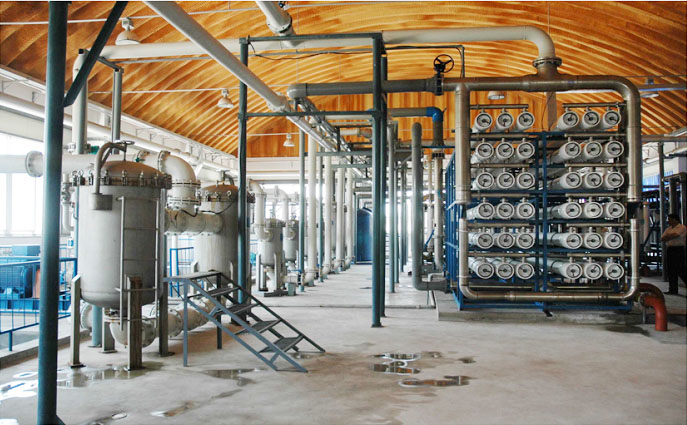Boron is the fifth chemical element of the periodic table. It is part of the metalloid group, which consists of elements with properties of both non-metals and metals. It is found concentrated on Earth due to the water solubility of its mineral forms. In water, it is mainly presented in our seawaters around the globe. Its concentration varies depending on the location, with an average value of 4.5 mg/l.

In water treatment, boron is one of the important regulatory concerns for drinking and irrigation water. Boron is a vital element for organic growth, but excessive exposure to it can cause detrimental effects on plants, animals, and potentially humans. Until 2008, the maximum acceptable level of boron in drinking water was set at 0.5 mg/l by World Health Organization (WHO). In 2009, the WHO increased this level to 2.4 mg/l. Despite the WHO boron recommendations, many countries still require a lower maximum concentration. This additional requirement is due to the partial use of potable water for irrigation purposes.
In agriculture, excess boron concentration may cause damage to plants and crops. Although boron is vital as a trace element for plant growth, it can be toxic at higher concentrations. Boron can cause leaf damage, induce premature ripening of certain species and reduce fruit yield.
RO membrane technology for dissolved solids separation is based on the polyamide chemistry of an active layer on the membrane surface. Boron in water is found in two different forms, boric acid and borate. The predominant form of boron in seawater is boric acid, which is a small, nonpolar molecule. Unfortunately, polyamide chemistry is not very effective at separating small-size, nonpolar species. On the other hand, the other form of boron found in our seawaters, borate, is negatively charged and is therefore successfully rejected by an RO membrane surface.
Since boric acid is the predominant form of boron in natural conditions in seawater, boron has been a headache for RO membrane manufactures. While rejection of commercial seawater RO membranes is in excess of 99.7% for the majority of ions, rejection of boron is far below that number. Most of commercial SWRO membranes have boron rejection of around 90% or slightly higher. This is typically not enough to meet boron guidelines with a single-pass RO system in those countries where stringent boron regulation is implemented.
The ratio of boric acid and borate in water can be shifted to one or the other side by operating conditions of an RO system. The two main variables that affect that ratio are feed pH and ionic strength, which is a function of feed salinity. The higher the pH and ionic strength, the higher the fraction of borate present in feed water and, therefore, the more successful removal that can be achieved with reverse osmosis.
In conventional RO systems, improved boron rejection can be achieved by implementing additional passes and polishing steps, which can include pH adjustment. All these measures come at the expense of additional maintenance and increase in both capital and operational costs.
Different theories have been proposed ranging from an interaction between nanomaterials and boron species to the possibility of the higher ionic strength of the feed water along a membrane installation due to extremely high salt rejection.
As an influential RO and NF membranes supplier, UltraClean has been specializing in providing high-end industrial RO, NF and specialty membranes for a wide range of market applications. For more information about RO and NF membranes, welcome to contact us at +86 400 900 2021 or write to us at info@ucmembrane.com. We will be happy to help you out!